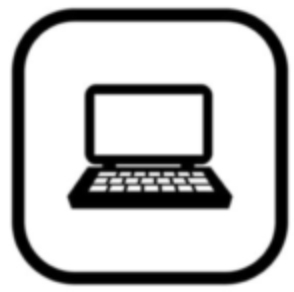In 1801, the rather obvious solution to the problem made its debut. James Pillans, headmaster and geography teacher at the Old High School in Edinburgh, Scotland, is credited with inventing the first modern blackboard when he hung a large piece of slate on the classroom wall.
What was the first blackboard made of?
Initially, the blackboards were black before the wall-sized chalkboards came into the picture. Later in the 18th-century, students began using their own mini boards made of slate or painted wood. Thus, the first blackboard was black and then later in 1800, a teacher wanted students to make maps on their boards, but they were too small.
Manufacturing of slate blackboards began by the 1840s. Green porcelain enamel surface, was first used in 1930, and as this type of boards became popular, the word “chalkboard” appeared. In the US green porcelain enamelled boards started to appear at schools in 1950s.
First whiteboards appeared on the market in 1960’s and were wet wiped. Then came dry marker and whiteboards started replacing blackboards because of allergies concerns and other potential health risks posed by chalk dust that was product of erasing blackboards. First whiteboards were made of enameled steel.
What is Blackboard Learn All About?
At Blackboard, we nurture learners and support those who make education possible, from K-12 and higher education to adult learning and workplace training. As you get started with Blackboard Learn, you’ll find that teaching online shares many similarities with teaching in the face-to-face (f2f) classroom.
Blackboard is a Web-based learning management system (LMS) designed to support fully online courses or provide a space for face-to-face course supplementation. Blackboard provides many types of tools and features for enriching the learning experience.
However, Blackboard Learn is often used to supplement traditional face-to-face courses. In fact, if you’re new to online learning, you can supplement your classroom course with an online syllabus, discussions, and online activities. As you become more comfortable, you can gradually transform your course into a hybrid or fully online course.
Yet another inquiry we ran across in our research was “What is a web enhanced Blackboard Classroom?”.
Finally, in a web-enhanced model, the classes may be face-to-face, but instructors may post supporting materials like syllabus, assignments, or optional discussions online. Here’s what else you should know about Blackboard. Blackboard is host to many virtual and digital learning tools, but all revolve around its core component: courses.
How does Blackboard Learn compare to face-to-face (F2F) teaching?
As you get started with Blackboard Learn, you’ll find that teaching online shares many similarities with teaching in the face-to-face (f2f) classroom. Online learning can take place in a synchronous or asynchronous environment. In a synchronous environment, students and instructors have instantaneous or “real-time” interaction.
